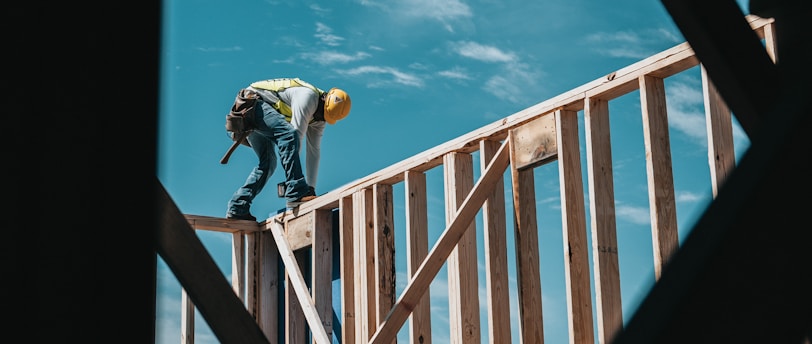Learn how the professionals provide cost to build estimates.
In this article, we go over the fundamentals of pricing out the cost to build a new home.
Designer Dan
9/23/20243 min read


Building a house is a dream for many, but turning that dream into reality comes with a major consideration: cost. Understanding the factors involved in determining the cost to build a house can help you plan, budget, and avoid financial surprises. Whether you’re constructing a custom home or using a pre-designed floor plan, here’s a step-by-step guide to calculating the cost of your home construction project.
1. Understand the Average Cost Per Square Foot
The starting point for estimating the cost to build a house is to understand the average cost per square foot in your area. This can vary significantly depending on your location, the quality of materials, and the complexity of the design. On average in the U.S., building costs typically range from $150 to $300 per square foot for standard homes, with luxury custom homes going even higher. Research local costs or consult with a builder for more specific figures.
2. Determine the Size and Design of Your Home
The size of your home directly impacts construction costs. Larger homes naturally require more materials and labor, thus increasing costs. Besides the size, the design complexity also plays a big role. Simple designs are cheaper, while more intricate designs with unique shapes, large windows, or high ceilings can significantly raise costs. Take into account whether you're building a single-story or multi-story home, as this affects the foundation and roof costs as well.
3. Factor in Land Costs
The cost of the land you plan to build on isn’t part of the construction cost, but it needs to be included in your overall budget. Prices vary by location, with urban or in-demand areas typically costing more. You also need to consider the cost of preparing the land, such as clearing trees, leveling the site, and connecting utilities like water, gas, and electricity.
4. Account for Site Preparation and Foundation Work
Before the actual house is built, the land must be prepared. If the lot isn’t already cleared, tree removal and site grading can be costly, especially if there are drainage issues or if the land has uneven terrain. The cost of the foundation depends on the type of foundation you choose—slab foundations, crawl spaces, or basements all vary in cost.
5. Estimate Material and Labor Costs
Material and labor costs often make up the bulk of the expenses when building a house. Materials include everything from wood, concrete, and drywall to finishes like flooring, windows, and doors. Labor costs cover all trades involved in construction, including framers, electricians, plumbers, and painters.
To get an accurate idea of labor costs, ask builders for estimates. Keep in mind that materials and labor costs can fluctuate depending on demand, the season, and availability.
6. Consider the Cost of Major Systems
Major home systems such as plumbing, electrical, and HVAC (heating, ventilation, and air conditioning) require significant investment. Each of these systems needs to be installed by licensed professionals. Factors like the size of the home and the type of system you choose (energy-efficient or conventional) can cause these costs to vary.
7. Factor in Finishes and Fixtures
The interior and exterior finishes you choose can make a significant difference in the overall cost. High-end finishes, custom cabinetry, luxury appliances, and premium flooring materials will all drive up your expenses. On the other hand, choosing budget-friendly finishes can help keep costs manageable.
8. Calculate Permits and Inspections
Before you begin construction, you'll need permits from your local government. Permit fees vary by region and depend on the size and scope of your project. In addition, most new homes require periodic inspections to ensure compliance with building codes. These fees should be factored into your overall cost estimate.
9. Set Aside Funds for Contingencies
Unexpected expenses are almost inevitable during any construction project. Whether it's a sudden increase in material costs, unforeseen land issues, or changes in the design, it’s essential to have a contingency fund. Most experts recommend setting aside at least 10-15% of your total budget for unexpected costs.
10. Consult with a Professional
Estimating the cost to build a house can be complex, especially if you’re unfamiliar with construction processes and local costs. Working with an architect, contractor, or building consultant can provide you with a more accurate estimate and help you avoid costly mistakes.
Final Thoughts
Building your dream home is an exciting journey, but careful financial planning is essential to keep the project on track and within budget. By understanding the factors that affect the cost to build a house—such as location, size, materials, and finishes—you’ll be better prepared to make informed decisions throughout the process. Consult professionals, do thorough research, and always plan for the unexpected. With the right approach, you’ll be one step closer to turning your dream home into a reality.
Fast turn arounds!
Inspiration
Quality
info@barndominiumdesigns.net
© 2024. All rights reserved.
Design
